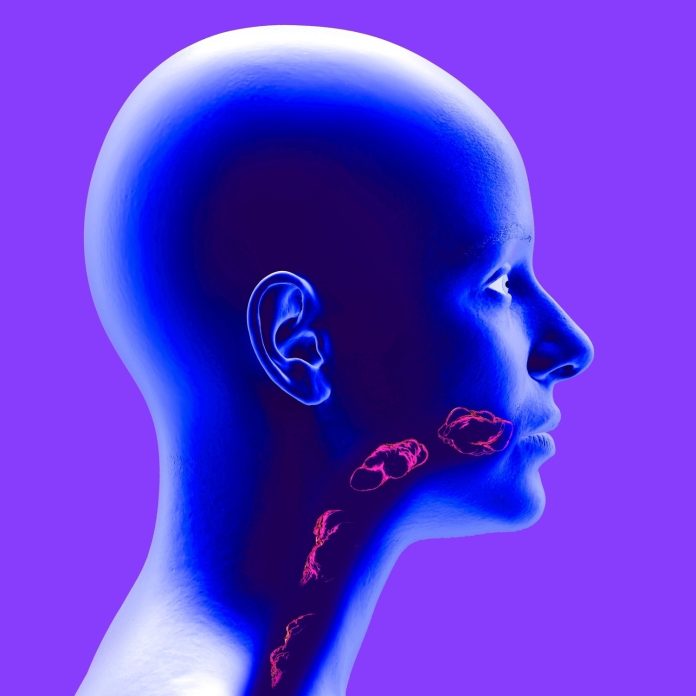Understanding eosinophilic esophagitis (EoE) and the role of Dupixent in its treatment is crucial for managing this chronic immune system disease. With the increasing use of Dupixent for eosinophilic esophagitis, it’s essential to understand dupixent dosing for eosinophilic esophagitis. Also, the effectiveness of dupilumab in adults and adolescents with eosinophilic esophagitis has been a topic of great interest. This article will explore what is EoE, its symptoms, and the impact of antihistamines in its treatment.
1. Understanding Eosinophilic Esophagitis (EoE)
EoE is a chronic immune system disease where eosinophils, a type of white blood cell, build up in the esophagus. This buildup can lead to damage and inflammation, causing symptoms such as difficulty swallowing, heartburn, and food getting stuck in the throat.
2. Role of Dupixent in EoE Treatment
Dupixent, or dupilumab, is a type of medication used in the treatment of EoE. It works by blocking two key proteins, interleukin-4 and interleukin-13, that may contribute to EoE symptoms. This blocking action can help reduce inflammation and eosinophil levels in the esophagus.
3. Dupixent Dosing for Eosinophilic Esophagitis
The dupixent dose for eosinophilic esophagitis varies depending on the patient’s age, weight, and overall health. Typically, the initial dose is higher, followed by smaller maintenance doses. However, it’s essential to follow the healthcare provider’s instructions for dosing to ensure the best results.
4. Effectiveness of Dupilumab in Adults and Adolescents
Several studies have shown that dupilumab is effective in adults and adolescents with eosinophilic esophagitis. It can help reduce eosinophil levels, improve symptoms, and enhance the quality of life for these patients. However, more research is needed to fully understand the long-term effects and optimal dosing strategies.
5. Impact of Antihistamines on EoE
While antihistamines are commonly used to treat allergies, their role in EoE treatment is less clear. Some studies suggest that they may help reduce eosinophil levels and alleviate symptoms. However, they are typically used as an adjunct to other treatments, such as proton pump inhibitors or steroids, rather than as a standalone treatment.
In conclusion, understanding eosinophilic esophagitis and the role of Dupixent in its treatment is crucial for managing this disease. By recognizing the symptoms and understanding the impact of treatments like antihistamines, patients can work with their healthcare providers to develop an effective treatment plan. Always remember to consult with a healthcare professional before starting or changing any medication regimen.


